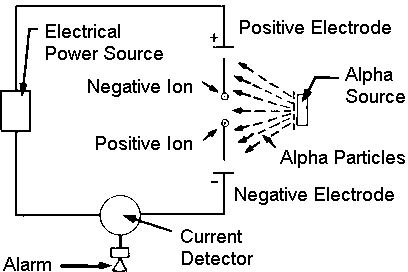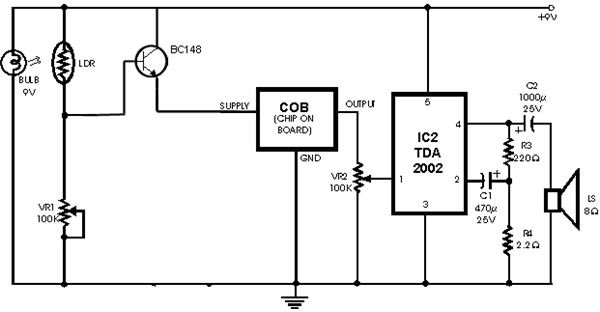Why are smoke detectors important - How do smoke detectors work?
Introduction
Fire is one of the deadliest enemies of a ship though it may seem strange to most of us. After all water is considered to be the number one enemy of fire (not all types of fires though) and isn’t a ship floating amidst tons of sea water. Yet is very dangerous to have a fire on board and every precaution needs to be taken to avoid such a situation. And a fire on board a ship could be due to many possible reasons such as scavenge fire, crank case explosion and several other reasons in the engine room, or any part in the deck or accommodation such as the galley. There are several fire prevention and fire fighting paraphernalia available on board a ship and one of them are smoke detectors. Just learn how do smoke detectors work and their use on board ships.
How do Smoke detectors work?
Sensors and detectors are placed at various locations on the ship to detect the possibility of a fire and avoid an emergency situation on board the vessel. There are many types of detectors used to detect fire and one of them is a smoke detector. Smoke is one of the earliest signs of fire in most cases and therefore detection of smoke is important in the detection of fire.
In this article we will learn about the smoke detectors used on board ships. Basically a smoke detector can be of two different types - photoelectric detector and in ionization detector. These detectors work on different principles for detecting the presence of smoke, and it is necessary to do so before it has developed into a lethal fire situation.
Photoelectric smoke detectors
Photoelectric smoke detectors work on the principle of detecting the presence or absence of light, and responding to it by sending an appropriate alarm, which could be audio or visual in nature. Normally it consists of a sensor which has light falling on it from a source. If the light is interrupted due to the presence of smoke the alarm goes off. This is a pretty convenient method of detecting the presence of smoke but the only disadvantage is that unless the smoke is thick it cannot be detected using this technique. This means that before the actual detection takes place, fire might have already began. The advantage of this type of smoke detector is that it has less possibility of raising a false alarm, because of its relatively low sensitivity.
The adjacent diagram shows a circuit of such a photoelectric smoke detector which consists of a light-dependent-resistor and a source of light. The change in light intensity due to smoke is used to trigger the audio-visual alarm.
Ionization smoke detectors
Ionization smoke detectors are better at detecting minute quantities of smoke because of the different principle of operation. The construction of this detector is basically in the form of two plates with a potential difference between them which is generated by applying a voltage across them. A small amount of radioactive material is used to ionize the atmosphere between the plates so that it continues current flows between the two plates because of the potential difference. When a minute quantity of smoke enters the space between the plates the ionized air particles get neutralized because of the smoke particles. This causes a fall in the current between the plates which is detected by the sensor and this diagram explains this principle in a fairly simple manner.

Hence we can see that the main advantage of this type of smoke detector is that it can detect very tiny amounts of smoke which is very good from the safety point of view, especially on a ship which is floating in isolated conditions amidst the sea. The diagram below explains the working of this type of smoke detector in detail.
Therefore both types of smoke detectors have their own advantages and drawbacks and can be used depending on the circumstances. For example it would be better to use a photoelectric detector in the galley (ship kitchen) where minute quantities of smoke might be present mostly due to cooking activities.
Image Credits
Photoelectric Detector Circuit - Electrokits.com
Ionization Circuit - Centre for Disease Prevention and Control, USA
